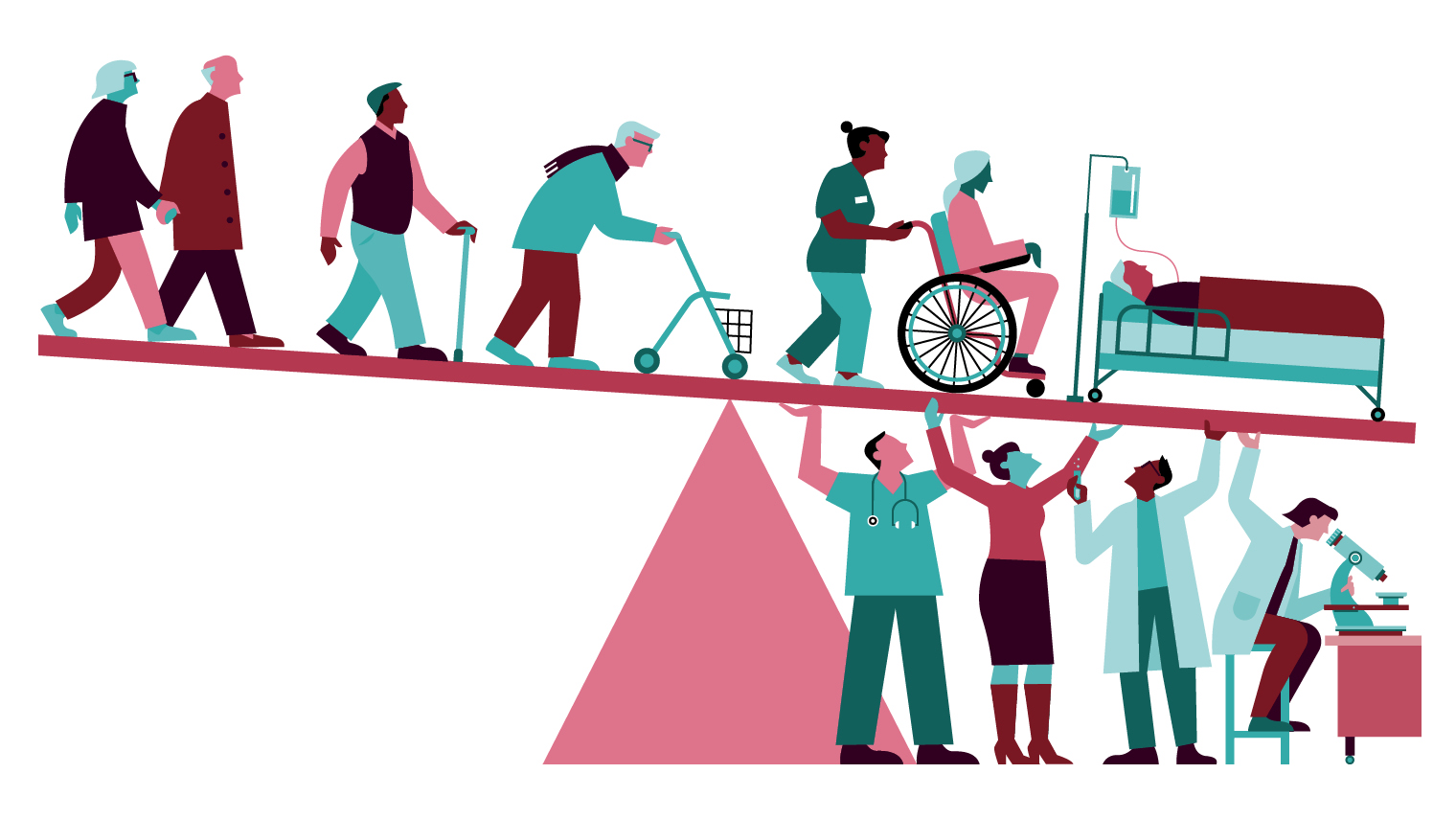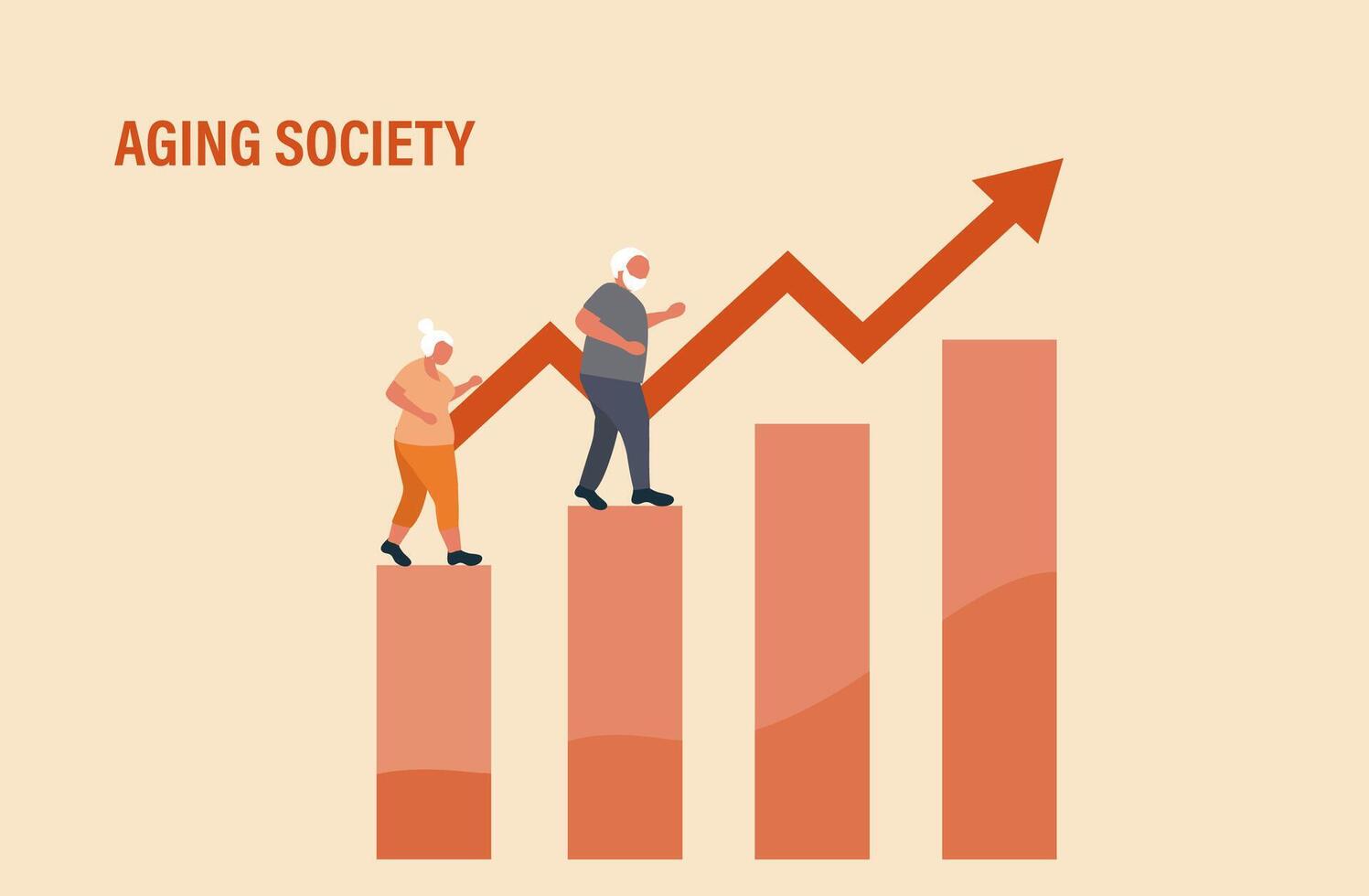
Effective planning for the future begins with a clear understanding of current demographic shifts. Today, societies worldwide face unprecedented aging trends. This blog explores the underlying causes of population aging, the progression of these trends, and the potential future impact on healthcare, economies, and communities.
The Causes of an Aging Society
Several key factors contribute to the phenomenon of an aging society:
Improved Healthcare and Longevity
Advances in medical technology, better healthcare services, and improved living conditions have significantly increased life expectancy. As a result, more people are living well into old age.Declining Fertility Rates
In many developed and developing countries, fertility rates have decreased due to urbanization, increased access to education, and greater career opportunities for women. Fewer births mean that the proportion of older individuals in the population increases over time.Economic and Social Changes
Changes in lifestyle, work patterns, and social structures have contributed to a shift in demographics. With more people retiring later in life and fewer young people entering the workforce, the aging population becomes more prominent.
Trends and the Process of Population Aging
The aging of the global population is a gradual process driven by long-term trends:
Historical Trends
Post-War Boom and Subsequent Declines
After World War II, many countries experienced a significant population boom. However, in recent decades, the decline in birth rates combined with increased longevity has led to a growing proportion of elderly citizens.Shifts in Demographic Composition
Countries such as Japan, Germany, and Italy have some of the highest proportions of older adults. Similar trends are emerging in the United States, Canada, and parts of Asia.
Current Dynamics
Healthcare Demand
An aging population increases demand for healthcare services, chronic disease management, and long-term care facilities. This demographic shift puts pressure on healthcare systems to adapt and innovate.Economic Implications
The economic impact of an aging society includes increased pension costs, potential labor shortages, and shifts in consumer spending. Governments and businesses must plan for these changes to maintain economic stability.Social and Cultural Impact
An older population can influence societal norms, family structures, and community engagement. There is a growing emphasis on creating age-friendly environments that support the well-being and social inclusion of seniors.
The Future Outlook for an Aging Society

Looking ahead, several trends and strategies will shape the future of aging populations:
Technological Innovations
Smart Healthcare Solutions
Innovations such as remote monitoring, telemedicine, and smart devices (e.g., Zoomcare Smart Pill Dispenser) are transforming how healthcare is delivered. These technologies will play a critical role in supporting older adults and ensuring they receive consistent, quality care.Digital Health and AI
The integration of artificial intelligence and big data in healthcare will allow for personalized treatment plans and improved management of chronic conditions. Digital health tools will facilitate early intervention and proactive care.
Policy and Economic Strategies
Sustainable Social Policies
Governments are increasingly focusing on developing policies that address the economic challenges posed by an aging population. This includes reforming pension systems, encouraging lifelong learning, and fostering intergenerational collaboration.Investment in Preventive Healthcare
Preventive healthcare measures, including routine screenings and wellness programs, will become more vital. Early intervention can reduce the long-term costs associated with chronic diseases and improve quality of life.
Community and Lifestyle Adaptations
Age-Friendly Cities
Urban planning is evolving to create environments that cater to the needs of older adults. This includes accessible public transportation, safe housing, and community centers that encourage social interaction and active living.Empowering the Elderly
Social initiatives aimed at empowering older individuals—through education, social inclusion, and digital literacy—will help ensure that they remain active, engaged, and independent.
Conclusion
Population aging is a complex and multifaceted phenomenon driven by improved healthcare, declining fertility, and various socioeconomic factors. As societies continue to age, the challenges and opportunities for healthcare, economic stability, and social inclusion will intensify. Embracing technological innovations like the Zoomcare Smart Pill Dispenser, along with proactive policy and community strategies, can help mitigate these challenges and pave the way for a healthier, more inclusive future.
By understanding the causes, current trends, and future outlook of an aging society, stakeholders can better prepare to meet the needs of an older population, ensuring a high quality of life for all.


